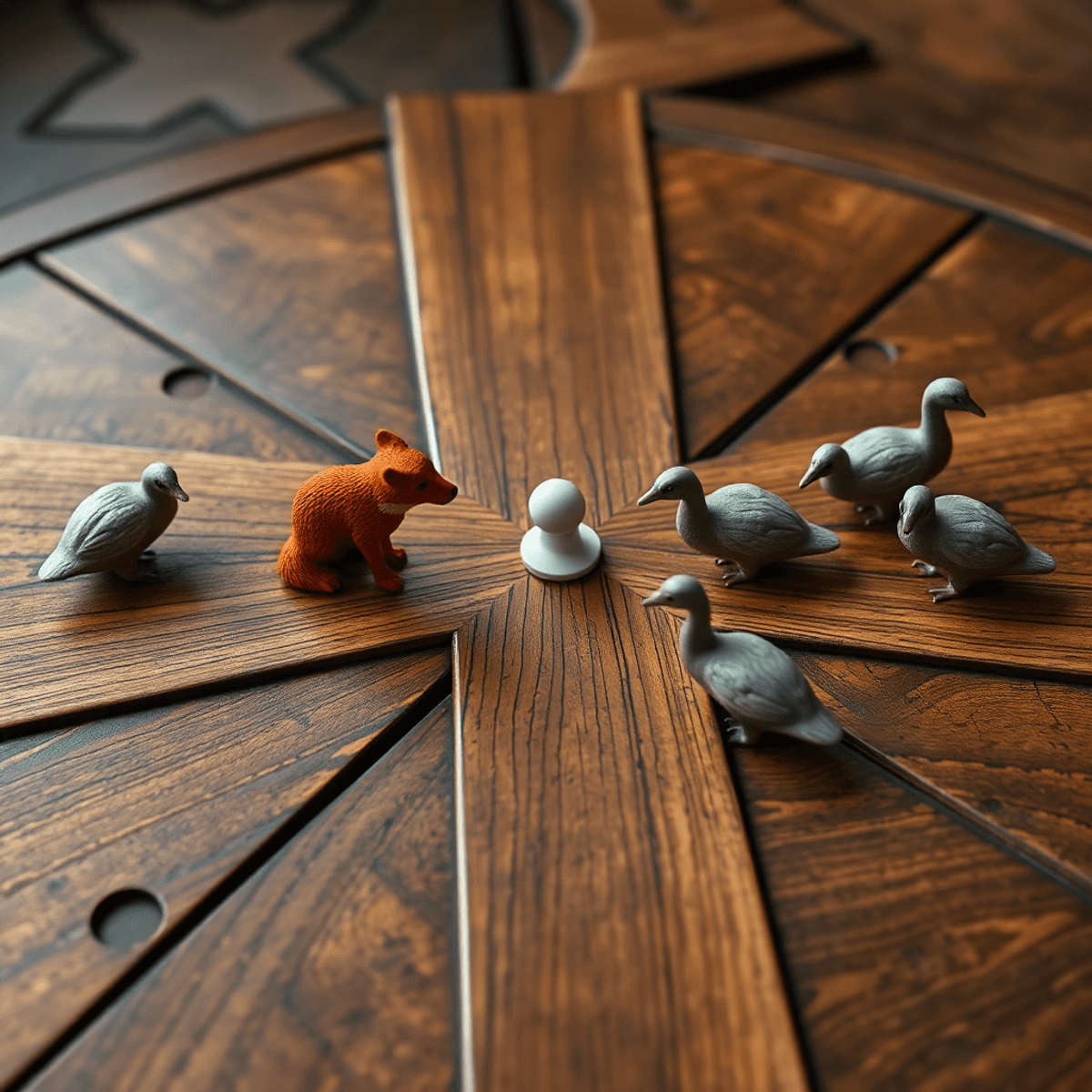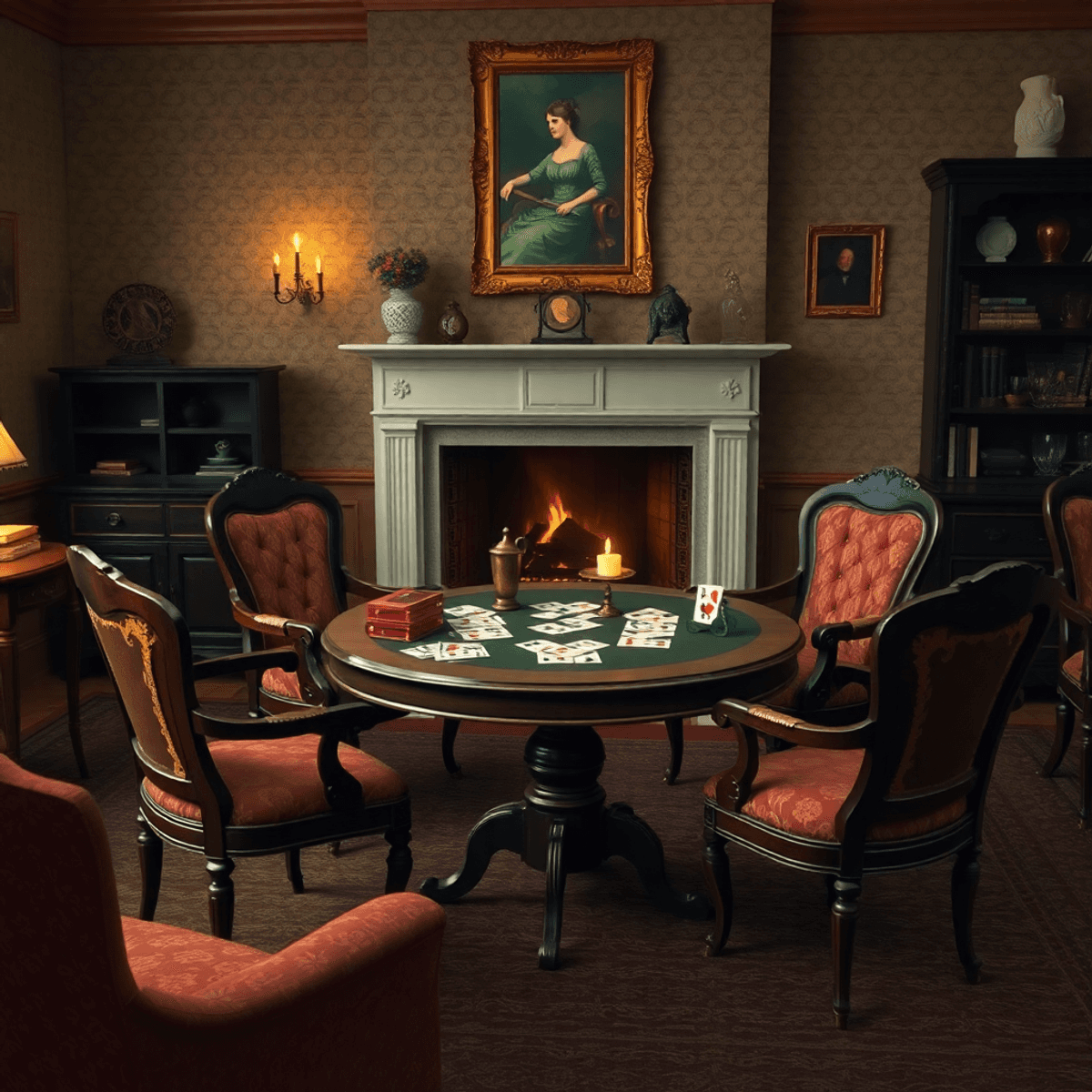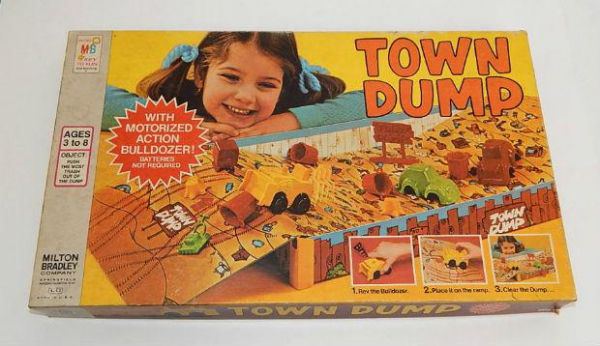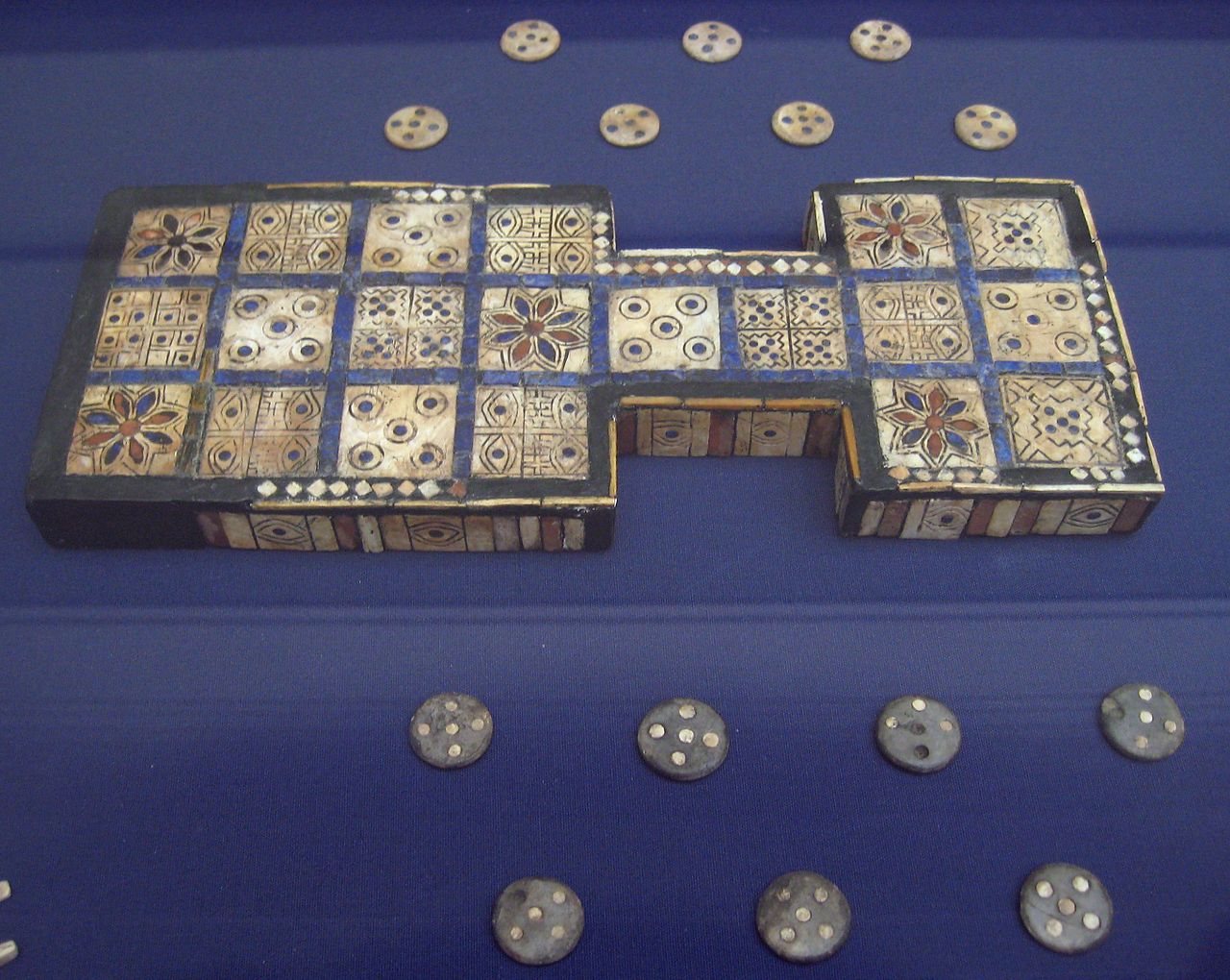
Ancient Egypt was a civilization rich in culture, innovation, and entertainment. Among their many pastimes, Ancient Egyptian board games played a crucial role in both leisure and spiritual practices. These games were more than just a way to pass time—they reflected religious beliefs, strategy, and even the afterlife. In this article, we explore some of the most famous Ancient Egyptian board games, their significance, and how you can play them today.
Senet: The Board Game of the Afterlife
One of the most famous Ancient Egyptian board games, Senet dates back over 5,000 years. It was played by pharaohs and commoners alike and was believed to symbolize the journey of the soul to the afterlife. Senet boards were even found in the tombs of Tutankhamun and other rulers, emphasizing its religious significance.
How to Play Senet
Materials Needed:
- A Senet board (a grid of 30 squares in 3 rows of 10)
- 5 pawns per player
- Throwing sticks or dice
Objective: Move all your pieces off the board before your opponent, navigating safe and dangerous spaces.
Basic Rules:
- Players take turns rolling sticks or dice to determine movement.
- Pieces move forward, avoiding special squares that may send them backward or block movement.
- The first player to remove all their pieces from the board wins.
Mehen: The Coiled Snake Egyptian Board Game
Another fascinating Ancient Egyptian board game, Mehen was named after the snake god Mehen. It featured a spiral board resembling a coiled snake, and multiple players could take part, making it a unique social game.
Also known as the Game of 58 Holes, Hounds and Jackals was a popular Ancient Egyptian board game featuring peg-like pieces with animal-shaped heads. The game was a race, much like modern backgammon.

How to Play Mehen
Materials Needed:
- A Mehen board (spiral-shaped)
- Small figurines representing lions or other animals
- Throwing sticks or dice
Objective: Reach the center of the spiral and return safely while capturing opponents’ pieces.
Basic Rules:
- Players take turns rolling dice or sticks to move their pieces along the spiral.
- They can block or capture opponents’ pieces along the way.
- The first to reach the center and return wins.
Hounds and Jackals: A Race to Victory
Also known as the Game of 58 Holes, Hounds and Jackals was a popular Ancient Egyptian board game featuring peg-like pieces with animal-shaped heads. The game was a race, much like modern backgammon.

How to Play Hounds and Jackals
Materials Needed:
- A board with 58 holes
- Pegs shaped like hounds and jackals
- Dice or throwing sticks
Objective: Race to the finish by moving along the board’s holes strategically.
Basic Rules:
- Players take turns rolling dice to determine movement.
- Certain spaces may provide shortcuts or obstacles.
- The first player to reach the final hole wins.
The Legacy of Ancient Egyptian Board Games
Ancient Egyptian board games were more than just entertainment—they symbolized fate, religion, and social interaction. Today, you can still play these games through modern reconstructions, bringing a piece of history to life.





